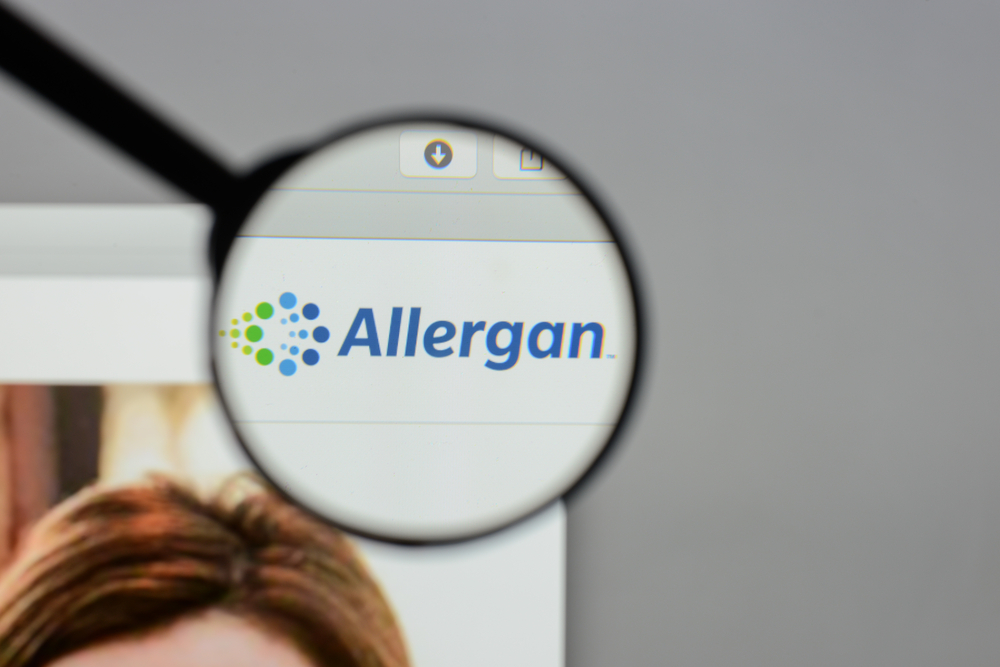With the range of current technologies and procedures available, people don’t want to, or more importantly, don’t have to, go under the knife.
If your goal is to restore your youthful glow, you can use a combination of non-surgical procedures to achieve a natural looking facelift without surgery, even well into your 60s.
In many cases, you can even schedule the appointment during your lunch break, and no one in your social circle would ever know.
“Most people, especially those in their 40s to 60s will see an almost magical improvement with carefully considered placement of fillers and appropriate use of muscle relaxants, lasers, and fat melting agents,” says expert injector Dr. Onir Spiegel from Chestnut Hill, MA.
One of the main attractions of non-surgical skin tightening procedures is they are quick to perform and have very little downtime. Also, of course, “everybody loves these because they work, they look natural, they’re safe, and you quickly look beautiful,” adds Spiegel.

What you need to know before getting a lunchtime facelift
When considering a facelift of any kind, Spiegel suggests that the key is to pay attention to what has changed in your appearance over the years.
For instance, ask yourself a series of questions:
- Do you have new jowls?
- Are your cheeks falling down creating ‘sausage lines’ around your mouth?
- Is your skin blotchy and pigmented with age spots?
- Do you have frown lines or hollowness under your eyes?
- Do you have deep grooves creating a frown around your mouth?
“These changes can often be treated easily with non-surgical methods,” says Spiegel. Once you determine your goals, you can have a discussion with your doctor to decide which procedures will suit you best.
6 Common non-surgical facelift treatments
“Non-surgical options for facelifts fall into three categories: replenishing lost volume, resurfacing the superficial skin, and tightening deeper tissue,” says Denver-based oculo-facial plastic surgeon Dr. Jack Zamora.
Generally, a range of treatments are used in combination to achieve your overall facial rejuvenation goals.
Botox
Botox, also marketed as Dysport and Xeomin, is the most commonly used non-surgical treatment with over 4,250,000 procedures performed in the US in 2015 alone. Zamora explains, “Botox is a neuro-modulator injected into the muscle, which causes it to temporarily relax. The relaxed muscle can no longer contract and therefore cannot create a wrinkle.”
Botox injections effectively treat fine lines and wrinkles between the eyebrows, forehead creases, crow’s feet around the eyes, and other wrinkles in the upper face region. “If you have loose skin creating banding in the neck, sometimes Botox is also the answer,” says Spiegel.
Results from Botox can be seen within three to seven days and last for three to four months. Botox requires ongoing treatments to stop wrinkles from returning. For deeper wrinkles, it may take several treatments to achieve the desired outcome.
This treatment has no serious side effects, but the most common side effects are temporary muscle weakness, redness, irritation, and swelling at the injection site.
Dermal fillers
“Falling cheeks and new jowls are commonly caused by a loss of facial volume, creating the illusion of sagging skin,” says Spiegel. “We can restore the volume, without surgery, in just a few minutes and you’ll look like you had a facelift.” These procedures are sometimes called “lunchtime facelifts” or “liquid facelifts.”
According to the American Society for Aesthetic Plastic Surgery (ASAPS), a variety of injectable fillers can be used:
- Hyaluronic acid-based fillers — Restylane, Juvederm, Prevelle Silk, Hydrelle, Belotero, Ultra Plus, Voluma, and Perlane
- Collagen-based fillers — Cosmoplast, Cosmoderm, and Evolence
- Semi-permanent fillers — Sculptra and Radiesse
- Permanent fillers — Bellafill (ArteFill)
Hyaluronic acid is the most commonly used filler, being the second most popular non-surgical option with nearly 2,150,000 procedures performed in the United States in 2015.
Dermal fillers are used to fill lines and spaces, plumping them up to increase volume.
They are more commonly used for the lower parts of the face — the cheeks, the lines that run from your nose to your mouth (nasolabial folds), the lips, the lines running from the sides of the mouth down to the chin (marionette lines), indentations from scars, or any other sunken areas of the face. When necessary, dermal fillers can also be used under the eyes and in the temples.
Fillers provide an immediate result with little to no downtime. However, Zamora advises that results are temporary for all the artificial dermal fillers — even permanent fillers only last five years — and most need to be regularly maintained every six to twelve months.
The majority of people experience little side effects, though some can be sensitive to the treatment or experience allergic reactions.
» Can fillers quickly and drastically improve your appearance? Speak to a cosmetic doctor near you from the comfort of your own home, using our virtual consultation tool.
Fat transfer
An alternative to dermal fillers is fat transfer. Fat can be removed from other areas of your body, then reinjected into the face to strategically address the volume loss.
A fat transfer can be used to address laugh lines, smile lines, crow’s feet, lips, acne scars, skin depressions, concave cheeks, and any other sunken areas of the face.
Palm Beach, FL facial plastic and reconstructive surgeon Dr. Jean-Paul Azzi suggests one of the greatest advantages of fat transfer is that it produces very natural-looking long term results, lasting for a lifetime after being injected.
Since you are using your own fat, the body accepts it more readily, reducing the chance of allergic reactions or rejections. The only downfall is that it can be time consuming to obtain and prepare fat compared to using a, previously mentioned, prepackaged dermal fillers.
Intense pulsed light (IPL), ultrasound, and laser treatments
“Correction of pigmentation, fine lines, blotchiness, and redness are done with the right combination of skincare products and powerful light technology such as IPL and lasers,” says Spiegel. Another option is ultrasound, otherwise known as Ultherapy.
These treatments “offer very subtle, but sometimes permanent results that mimic a facelift and can treat the entire face,” says Zamora. Compared with many other options, “these are more cost-effective treatments with less downtime,” he adds.
Spiegel advises, “these usually leave you with no immediate signs of having the procedure or just a short period of redness. When you combine these approaches with fillers and Botox, you can have the look of a natural, beautiful face without surgery, and certainly without any unnatural signs of surgery.”
Kybella
“If you have a heavy sagging neck, but fairly good skin, we may be able to correct your jawline without surgery by injecting a newer fat blasting medication called Kybella,” says Spiegel.
With Kybella, you will need two to four treatments over a three to four month period to get the results you’re after. Although it is a quick lunchtime procedure, be prepared for a slightly uncomfortable experience.
You will be left with stinging in the area for a short time, and the injections may cause swelling and tenderness in the area for a two to three week period.
When it comes to a droopy neck, “people are often disappointed with non-surgical correction of loose thin neck skin,” says Spiegel. In these cases, “we haven’t seen magical results with any heat, light, or ultrasound based techniques to tighten the neck,” she adds.
Laser lifts
If the above non-surgical options don’t fully address your issues, Zamora suggests the addition of a minimally invasive laser lift.
“Laser lift procedures utilize laser energy subdermally [placed beneath the skin] to create a controlled injury that melts fat and tightens skin,” says Zamora. “Laser lifts are ideal for the lower face and neck, and offer permanent results that instantly chisel and sculpt.”
Laser lifts require very small incisions under the chin and behind the ears. A fine laser is threaded under the skin to remove fat and tighten the area. Laser lifts can work well in combination with some of the rejuvenation techniques previously mentioned in this article.
What is the most effective way to have a facelift without surgery?
There is no clear path suited to everyone as the procedures used will depend on your individual goals.
Spiegel notes that, “when things get far enough along, a good old fashioned facelift done the right way is the answer, but the methods mentioned can potentially keep you from getting there, or help your facelift last many years longer.”
Overall, “the most effective options are procedures that are long lasting, have minimal downtime, and give patient’s natural looking results,” adds Zamora.
» Not sure which non-surgical facelift treatment would be ideal for you? Meet our medical review team.









